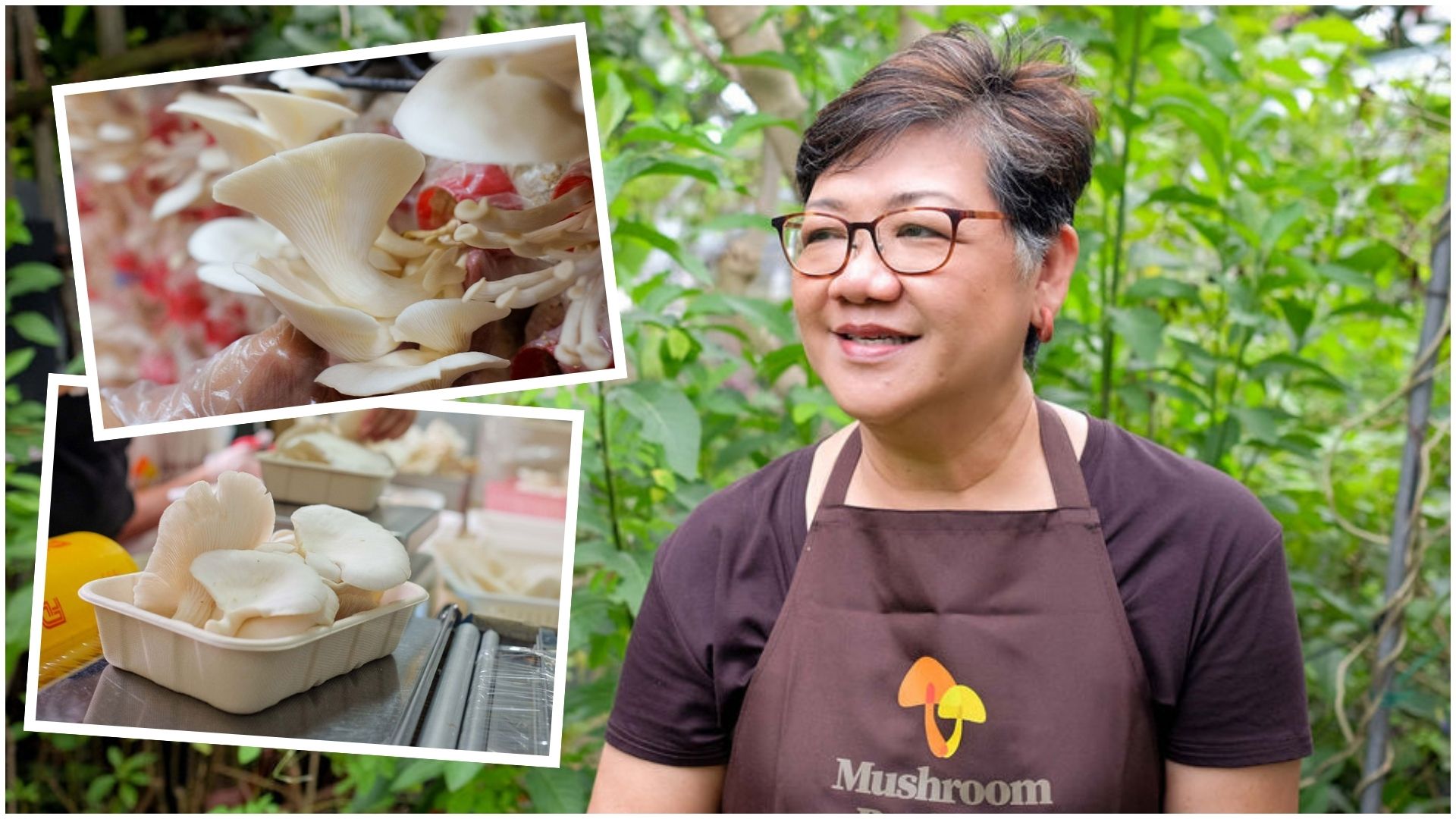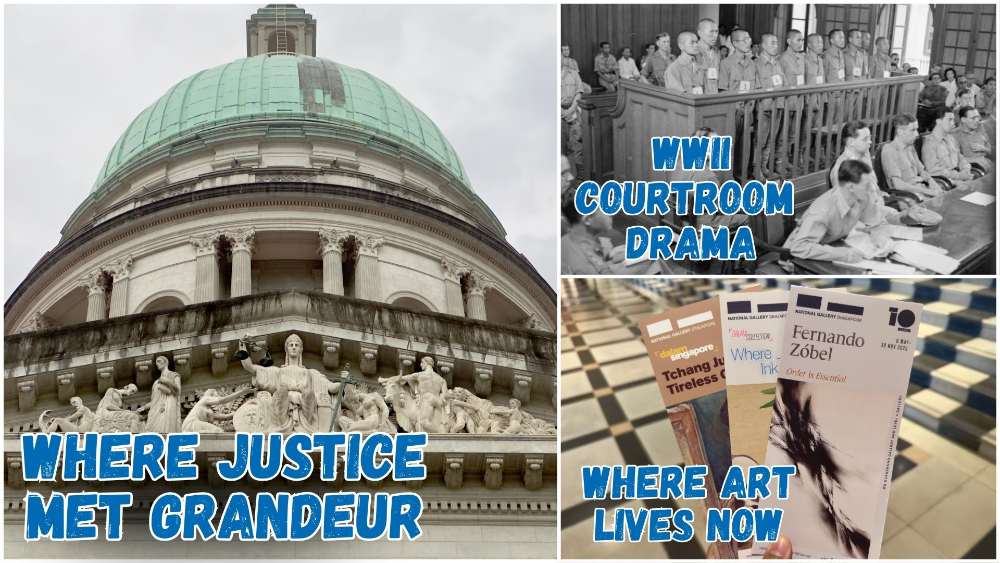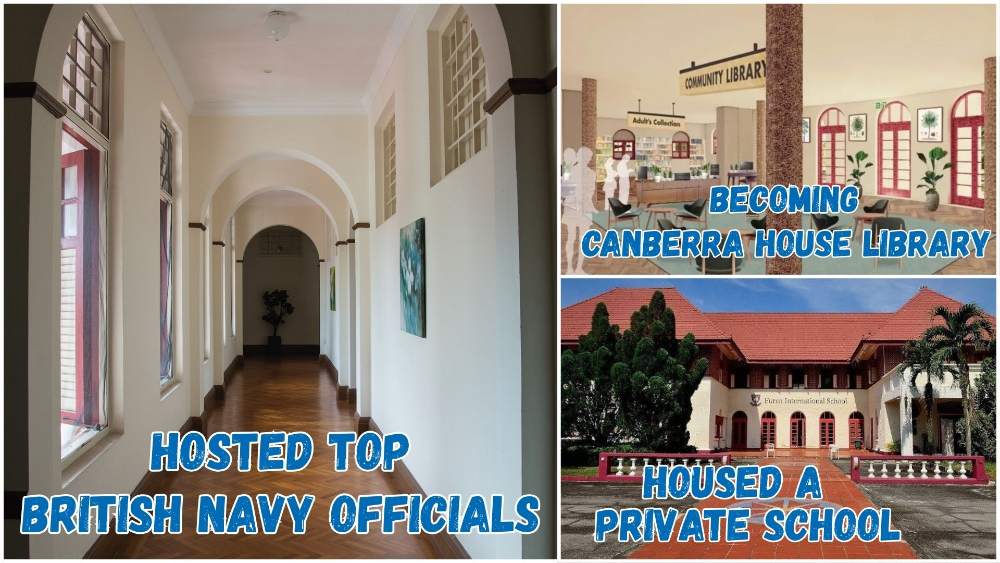Singapore's Palace Life You Never Knew Existed At This National Monument
What is a National Monument? Who gazettes them? How many national monuments are there in Singapore? To date, the Preservation of Sites and Monuments, a division of National Heritage Board, has identified and gazetted 75 buildings, structures and sites of national significance as an integral part of Singapore’s built heritage.
And we're here to tell you all about them - one National Monument at a time!
You've probably passed by or stepped into more than a few of them without realising they were National Monuments: Al-Abrar Mosque, Asian Civilisations Museum, the Civilian War Memorial, Saint Andrew's Cathedral, the Esplanade Park Memorials, Fort Siloso on Sentosa - no need to plan an itinerary for friends visiting from overseas; just show them this article ✌️
In this edition, we zoom in on a building that was once the seat and historic home of Malay royalty in Singapore, Istana Kampong Gelam.
📍 Location
Kampong Istana Gelam was the 70th building to be gazetted as a National Monument, and is located near other National Monuments such as Sultan Mosque and Hajjah Fatimah Mosque. The MRT stations nearest to it are Nicoll Highway and Bugis.
📅 Significant dates
Dates built:
- 1819: The original Istana Kampong Gelam building was built
- 1836-1843: The structure that exists today was constructed on the site of the original building
- 1999-2004: The building underwent refurbishment works and reopened as the Malay Heritage Centre (MHC)
Milestones:
- 12 Mar 1999-2004: Istana Kampong Gelam underwent refurbishment works
- 2005: Istana Kampong Gelam reopened as the MHC
Date gazetted: 6 Aug 2015
📜 History
In his 1822 town plan, Stamford Raffles designated Kampong Glam for the Malays, Bugis and Arabs. On 14 Mar 1823, the land to the east of the European settlement, between the Rochor River and the sea – covering 56 acres (roughly the size of 42 football fields) – was granted to Sultan Hussein Mohamed Shah.
Sultan Gate and Istana Kampong Gelam became the seat of Malay royalty in Singapore, starting with Sultan Hussein, who ceded the island to the British East India Company (EIC) on 2 Aug 1824. The estate was presented to him for his “personal accommodation”.
Sultan Hussein constructed a sprawling attap residence at Kampong Glam and brought his family and several hundred followers from Riau, Indonesia, to settle there. He never occupied the present Istana Kampong Gelam, as he passed away in Malacca on 5 Sept 1835. His eldest son, Tengku Mohammed Ali Iskandar Shah, was then only ten years old.
When Tengku Ali came to Singapore in 1840 to claim his inheritance, the colonial government granted him a monthly allowance and permitted his family to continue living at the Kampong Glam estate. That same year, he built Istana Kampong Gelam at Sultan Gate. In 1855, he was formally recognised by the British as Sultan Ali Iskandar Shah of Singapore.
As Singapore flourished into a thriving port during the 19th century, Kampong Gelam developed into a vibrant trading hub. Vessels from across the Malay Archipelago docked at its shores, while communities of Bugis, Arabs, Javanese and Boyanese from Malacca, the Riau Islands, Java, Sumatra and Sulawesi made it their home.
Merchants dealing in spices, textiles, gemstones and rattan clustered across the district. Kampong Gelam also emerged as a printing and publishing centre, attracting artists and intellectuals from the wider region. It became an important gathering point for Muslim pilgrims from British Malaya and the Dutch East Indies (present-day Indonesia) en route to Mecca.
The Sultan’s first residence was a modest timber hut. Following the cession of Singapore to the EIC in 1824, the EIC pledged to construct a mosque for him and his followers. This led to the building of Sultan Mosque, adjacent to Istana Kampong Gelam.
The two-storey Istana Kampong Gelam we see today was completed in 1843, commissioned by Tengku Mohammed Ali, later Sultan Mohammed Ali Iskandar Shah. After his death in 1877, the palace continued to house Sultan Hussein’s descendants until the 1990s. Over the decades, it was the venue for royal weddings, community gatherings and other social occasions.
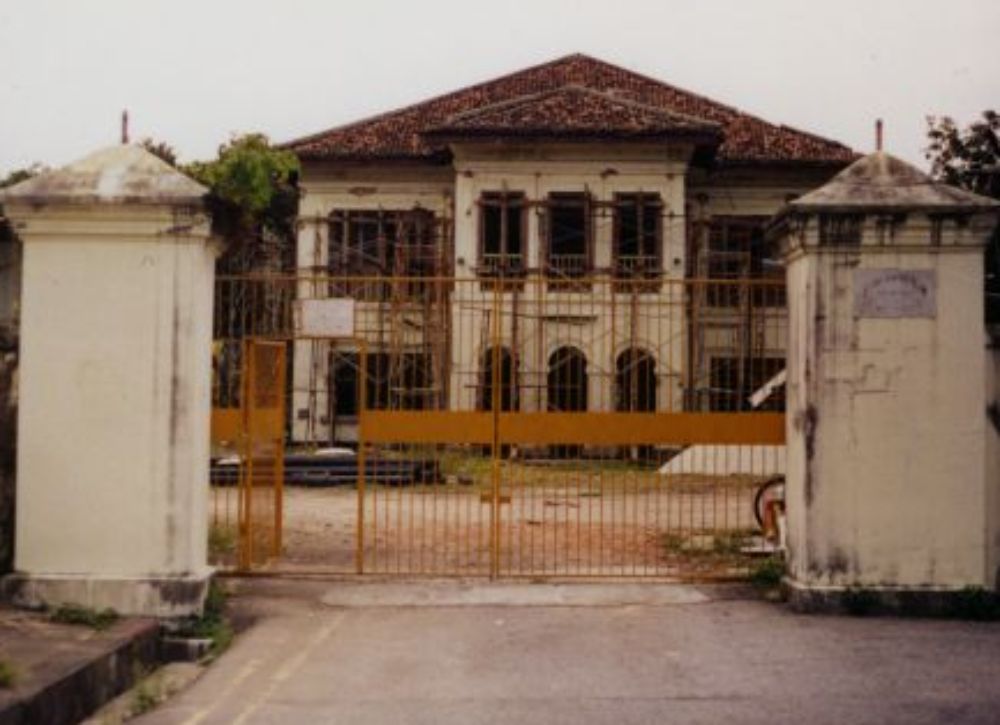 Istana Kampong Glam during refurbishment works, circa Aug 2001.| IMAGE: WIKIMEDIA COMMONS/@HELMAR2
Istana Kampong Glam during refurbishment works, circa Aug 2001.| IMAGE: WIKIMEDIA COMMONS/@HELMAR2
Plans to redevelop Istana Kampong Gelam began as early as 1993. In 1999, it was announced that the site would be transformed into the Malay Heritage Centre (MHC), dedicated to celebrating the community’s cultural and artistic heritage. After restoration works from 1999 to 2004, it was officially opened in June 2005 by then-Prime Minister Lee Hsien Loong.
Today, the Malay Heritage Centre retains the spirit of a traditional Malay house in its design and houses five permanent galleries.
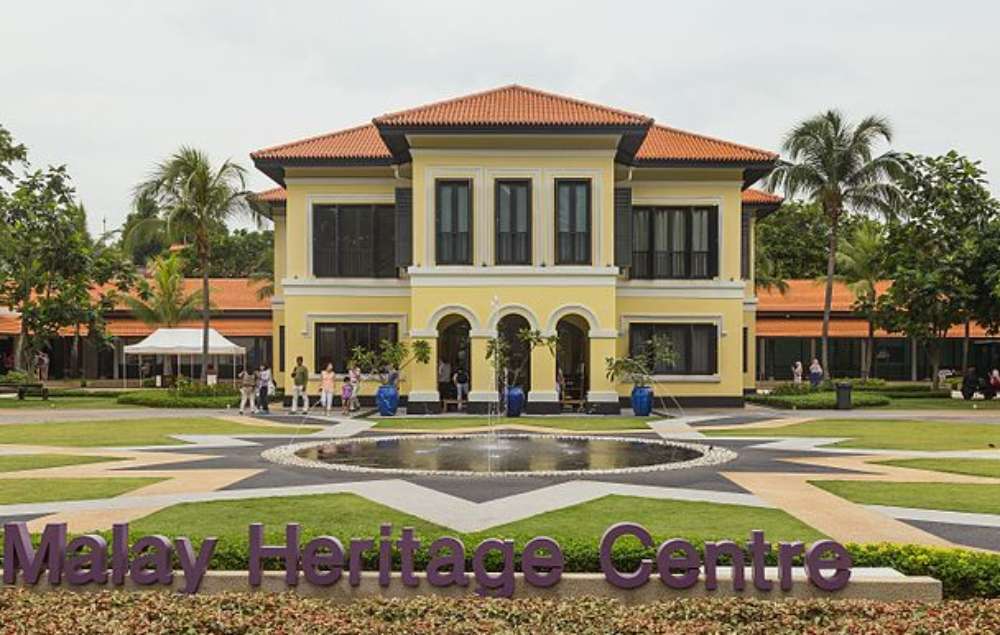 IMAGE: WIKIMEDIA COMMONS/@MARCIN KONSEK
IMAGE: WIKIMEDIA COMMONS/@MARCIN KONSEK
📐 Design and architecture
Like much of Classical European architecture, Istana Kampong Gelam was designed with symmetry in mind, incorporating features such as round arches at the entrance porch and Doric-style pilasters (rectangular columns).
Although never officially credited, the design has often been attributed to George D. Coleman, Singapore’s first Superintendent of Public Works, whose other notable works include the Armenian Church, the first Saint Andrew’s Church, and the Former Parliament House. The stylistic similarities between these buildings and Istana Kampong Gelam suggest his influence.
At the same time, the residence was adapted to the tropical climate. This can be seen in the steeply pitched roof with wide overhanging eaves that provide shade, and the large timber-louvred windows designed to maximise ventilation.
The building also incorporates elements of traditional Malay architecture, befitting its role as a royal palace. The regional custom of elevating houses on stilts is echoed in the second storey, which is supported by columns over the entrance porch. The prominent pitched roof has often been compared to the defining form of the Malay Limas (“pyramidal”) house.
The floor plan mirrors the typical layout of a Malay dwelling: the serambi (front hall), where guests were received, leads into the ibu rumah (main hall), which was once connected to an annexe, the rumah dapur, traditionally used as the kitchen.
🕖 Opening hours
The Malay Heritage Centre (MHC) is currently temporarily closed for renovations. Find out more here.
🎟️ Admission
When the MHC was still open, entry was free for Singaporeans and Permanent Residents.
For the latest updates on Wonderwall.sg, be sure to follow us on TikTok, Telegram, Instagram, and Facebook. If you have a story idea for us, email us at [email protected].
